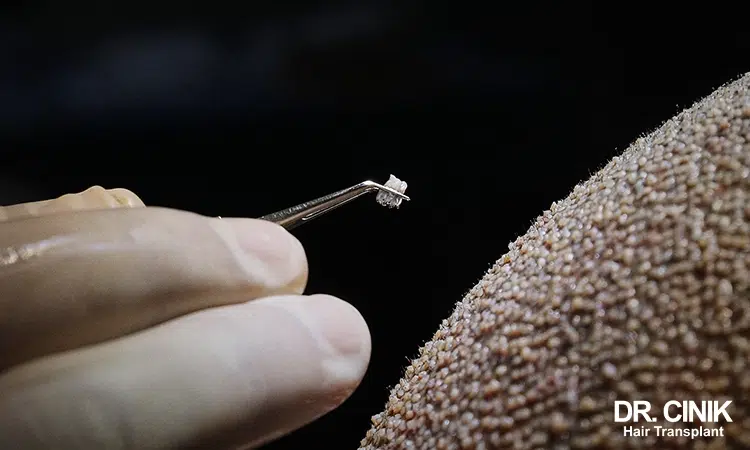6 Unreal Facts About Hair Transplant

Sommaire
Hair transplants have gained popularity over the years since people witness their effects with bare eyes. This popularity has driven a lot of attention from society to hair transplantation, making it a hugely discussed topic. Like any popular topic, hair transplantation has experienced a lot of wrong facts and myths around itself.
1. Hair Transplantation Doesn’t Provide Permanent Results.
This is a common myth about hair transplants. While it is true that hair loss can continue to occur after a hair transplant, the transplanted hair is not affected by the same factors that cause hair loss. In other words, the transplanted hair will continue to grow and should not fall out due to male or female pattern baldness, a common cause of hair loss.
2. Hair Transplants Are Painful.
Another common myth about hair transplants is that they are painful. While some people may experience some discomfort during the procedure, most patients report minimal pain, which can be managed with over-the-counter pain medication. The pain level may also depend on the type of hair transplant technique used. For example, techniques like FUE (follicular unit extraction) and DHI (direct hair implantation) are generally less invasive and may result in less discomfort compared to the traditional strip method (FUT).
3. Only Rich People Can Get High-Quality Hair Transplants.
This is not necessarily true. While hair transplants can be expensive, various factors can affect the cost of the procedure, including the amount of hair being transplanted, the technique used, and the surgeon’s experience. It is possible to find affordable hair transplant options that still provide high-quality results. It is essential to do your research and find a reputable and experienced surgeon who can work with you to develop a treatment plan that fits your budget.
4. Hair Transplants Show Their Results Immediately After The Surgery.
Another myth about hair transplants is that the results are immediately visible after the surgery. While it is true that some patients may see some initial hair growth within the first few weeks after the procedure, it can take several months for the full results of the transplant to be visible. During this time, the transplanted hair may shed and then start to grow back in. It is essential to be patient and follow the post-surgery instructions provided by your surgeon to ensure the best possible results.
5. After A Hair Transplant, Your Hair Looks Unnatural.
This is not necessarily true. While a hair transplant can look unnatural if a skilled and experienced surgeon does not perform it, a well-done hair transplant should look completely natural. In fact, one of the goals of a hair transplant is to create a natural-looking hairline that is indistinguishable from your own hair. A skilled surgeon will carefully plan the placement and direction of the transplanted hair to ensure that it looks natural and blends seamlessly with your existing hair.
6. People In Their 20s Or 30s Can’t Get A Hair Transplant.
While it is generally recommended that people wait until they are in their 30s or 40s to consider a hair transplant, as hair loss tends to progress slowly and may not be as advanced in younger people, it is not necessarily a hard and fast rule. If someone in their 20s or 30s is experiencing significant hair loss and it is causing them emotional distress, they may be candidates for a hair transplant. It is essential to consult with a qualified hair restoration specialist to determine if a hair transplant is the best option for you.
In conclusion, many myths and wrong facts about hair transplants can be misleading or discourage people from considering the procedure. It is essential to do your research and consult a qualified hair restoration specialist to get accurate information about hair transplants and determine if it is the right option. Hair transplants can provide permanent results, are generally not painful, are accessible to people of all income levels, and can produce natural-looking results when performed by a skilled and experienced surgeon.
While it is generally recommended that people wait until they are in their 30s or 40s to consider a hair transplant, younger people may also be candidates if they are experiencing significant hair loss and it is causing them emotional distress.
 en
en



